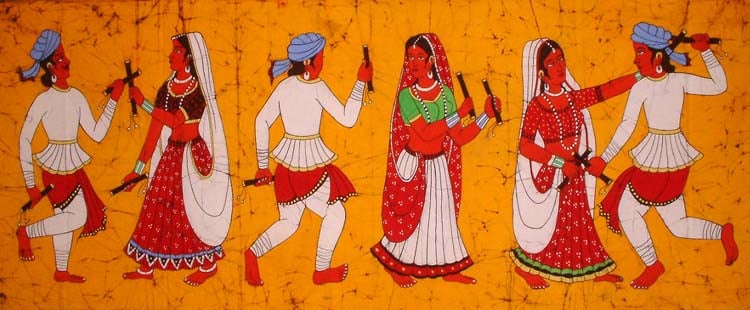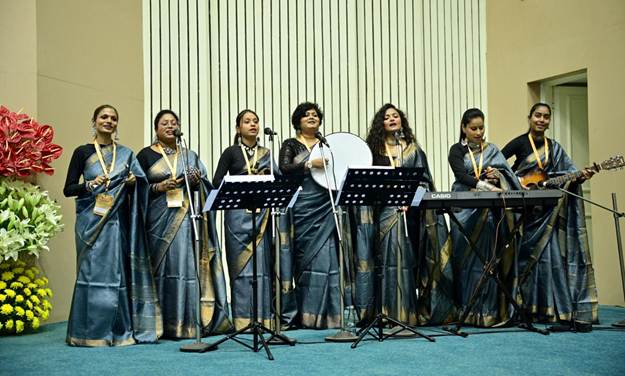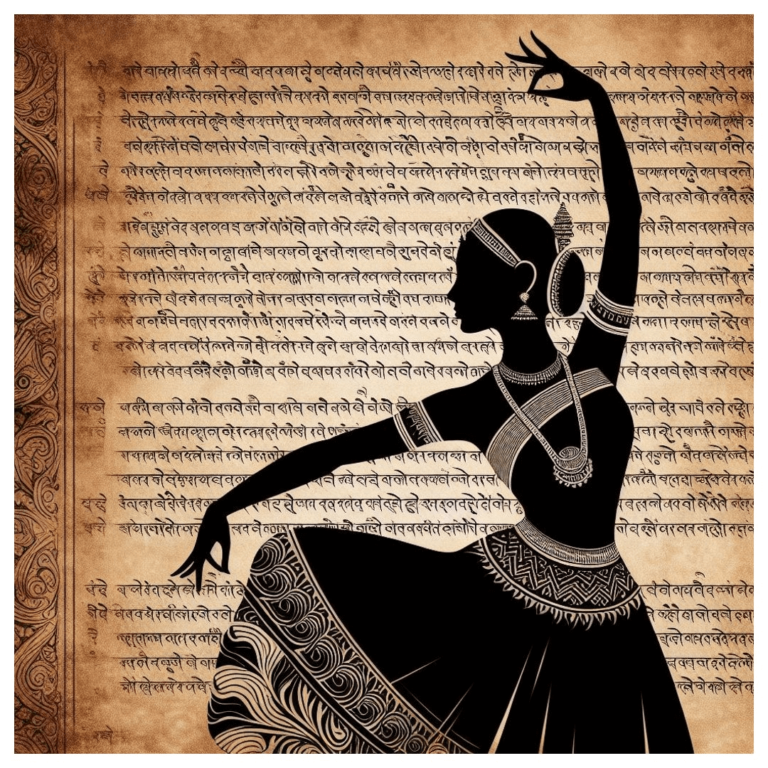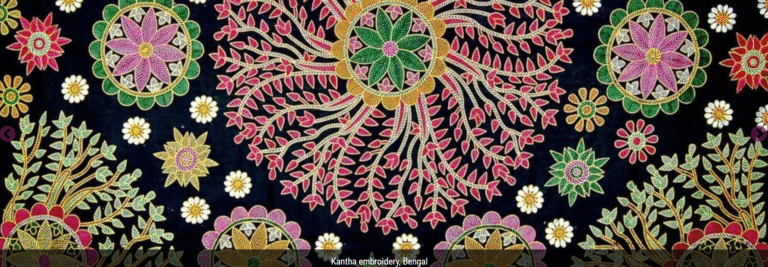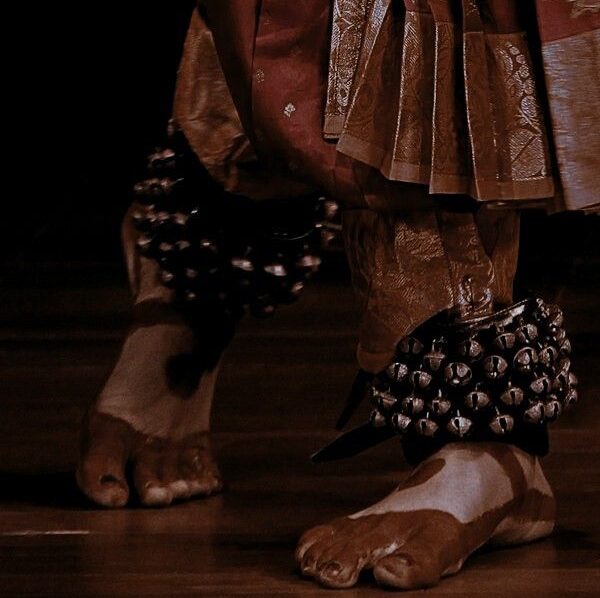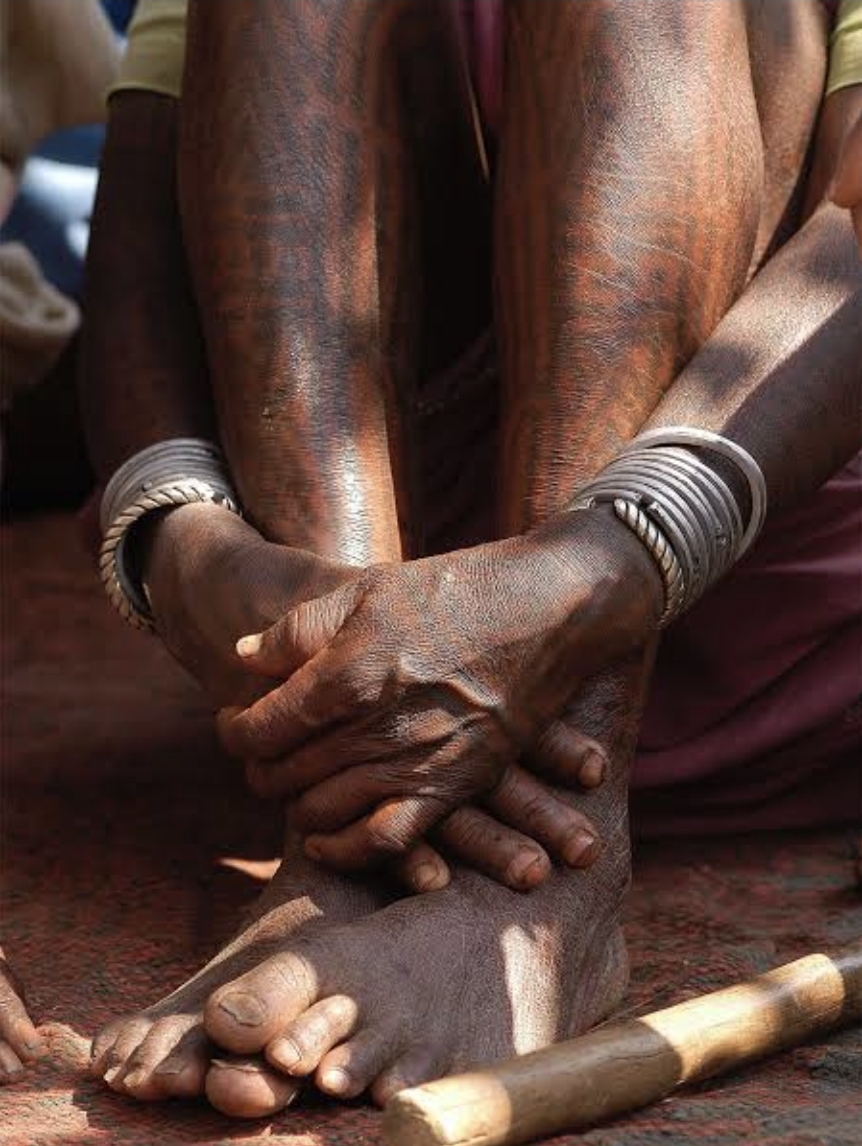
The word ‘tattoo’ is defined in the Oxford dictionary as ‘a picture or design that is marked permanently on a person’s skin by making small holes with a needle and filling them with colored ink’. The word Tattoo inherently is said to come from the polynesian word ‘tatau’ or ‘tatu’. It is widely believed that the famous explorer James Cook brought the term to Europe somewhere in the 18th century.
Meanwhile, the Hindi equivalent for the term tattoo is ‘गोदना’ (pronounced : Gōd-nā). It is believed that this word finds its roots from the tribe known as the gond tribe who used to make permanent markings on their bodies to make them look presentable.
History of Tattoos
But first, let us take a look at the brief history of tattooing we see today. Before the electric tattoo machines we see nowadays, the hand poke tattooing method was largely used. Hand poke tattooing is a method where a single needle or a group of needles, attached to a handle (like a dowel or a specialized instrument), is repeatedly and manually dipped into ink and then meticulously pushed or “poked” into the skin to deposit the pigment. Hand poke is the original method of tattooing practiced by cultures across the globe for thousands of years. Traditional tools included sharpened bone, wood, bamboo, or metal, often tapped with a small mallet. In contemporary tattooing, the hand poke method has seen a major revival, valued for its organic aesthetic, low-tech nature, and connection to ancient art forms.
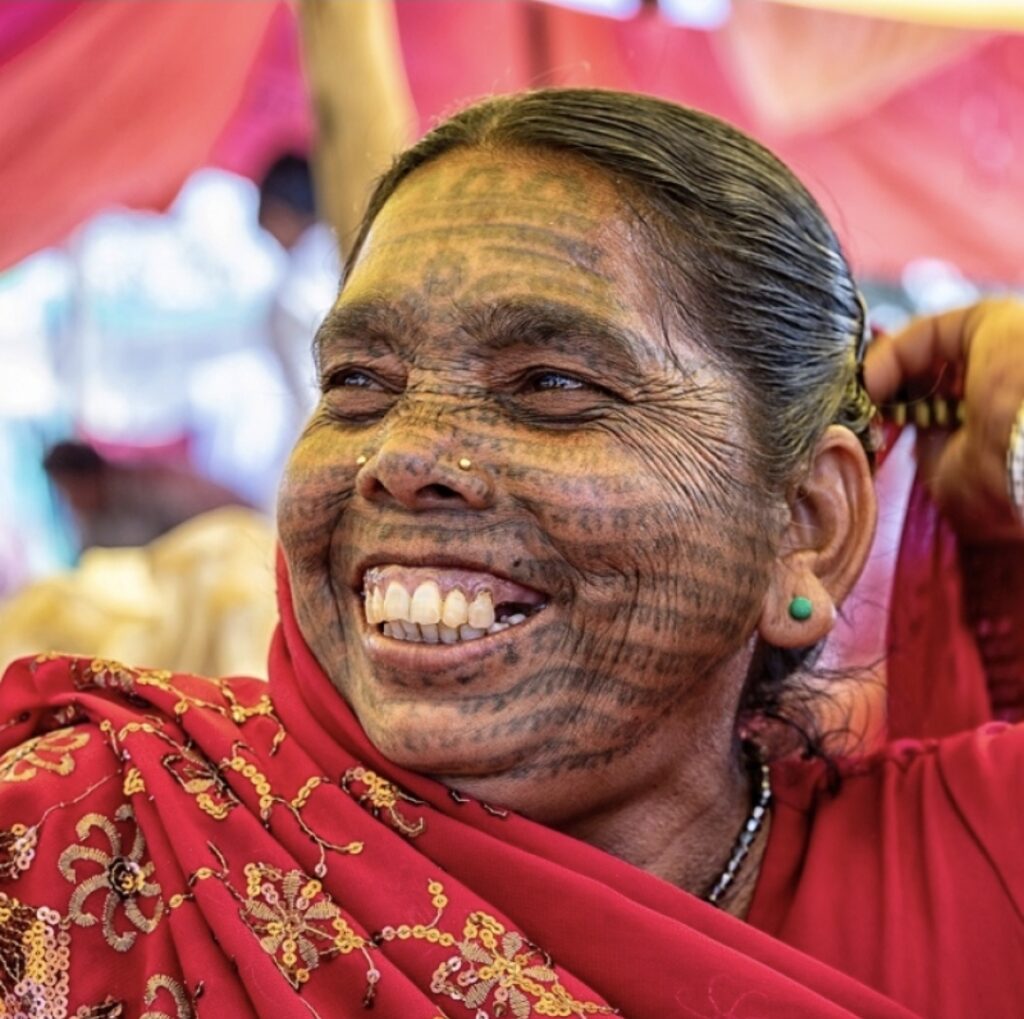
With the invention of the first electric tattoo machine the modern practice was largely popularized in the west. Samuel O’Reilly is said to have patented and invented the first ever electric tattoo machine in 1891. He adapted the technology from Thomas Edison’s invention of the electric pen.
The need to create art has been around since the beginning of time for human civilization. The discovery to be able to create and embed this creativity into our being was bound to be adopted and adapted across different cultures and tribes. But for many tribes and natives, tattoos serve multiple purposes, some more than just a fashion statement going back in history, much before the 1800s.
The history of body art in India is very ancient. It is thus difficult to pinpoint a single incident in the history of the civilization where it first took place. However, we can roughly pinpoint its documented existence in the culture. These mentions can be found in the prehistoric rock paintings (mesolithic period).
Ancient rock paintings found in central India like the ones seen at Bhimbeteka in Madhya Pradesh date back to approximately 10,000 years. These paintings depict figurines with body art suggesting that such markings were an integral part of ancient Indian social life. Traces of tattoos, permanent body markings/art can be found across Indian cultures way before they became a western trend.
The history of tattooing in India is ancient and deeply embedded in tribal and rural cultures, where it’s known by names like Godna or Trajva. Rather than being a fashion statement, these tattoos served crucial social, spiritual, and identity functions. Tattooing was primarily an exclusively female art, often performed by women on women, with the markings acting as the only “jewelry” that could be carried into the afterlife.
Tribal Practices of Tattoos in India
Let us take a deeper look into these specific practices from a few tribes in India :-
- Baiga / Godna (Madhya Pradesh) : Body art was considered as an essential mark of a true Baiga woman and bare skin was thought to be a sign of impurity. Creating a tattoo was like a rite of passage, beginning with a symbolic moon-shaped mark on the forehead around age 8-10, and culminating in the Chhati Godai (chest tattoo) after childbirth to mark motherhood. These motifs were heavily inspired by nature.
- Rabari / Trajva (Gujarat, Rajasthan) : Trajva roughly translates to “tattoos” in the local dialect. Tattoos were typically considered to be permanent ornaments that could not be stolen. This was highly vital for a nomadic herder community. Designs, often placed on the face, throat, and forearms, included protective motifs like scorpions and snakes, and were a sign of strength and identity for brides.
- Konyak (Nagaland) : Tattoos in the tribe symbolized courage, valor, and war achievements. The facial and chest tattoos were earned, often only given to warriors who participated in taking an enemy’s head, acting as a visible record of their military prowess and social rank.
- Kutia Kondh (Odisha) : Women often tattooed their faces and bodies with specific geometric patterns (straight lines). They believed these unique tribal marks would help them recognize each other in the afterlife (heaven), making the tattoo an eternal form of identity.
- Santhal (Jharkhand, Bengal) : Tattoos, often coin-sized dots and floral patterns, were placed on different body parts to denote age, gender, and social roles. They were also seen as a form of protection and the painful process was thought to prepare a girl for motherhood.
Some of the common elements in the meaning seen across the majority of these practices were rites of passage, eternal identity, protection and social records. The tribes and states listed above are just a few places where these practices can be found. But the inherent art form can be seen across India in many parts.
Tattoos from Around the World
Tattooing, inherently, is a form of expression of any kind. Whether it be warriors, artists or spiritual seekers the root need has always been, to express through it. Thus, the creativity of permanent body art which we now refer to as tattooing does not belong nor does it originate from one specific culture. It is thus neither a trend nor a contemporary form.
To engrave ink in the body has been practiced by many tribes and cultures not just in India but across the world. Let us now take a look at some of the tribes other than India who practice or used to practice body art.
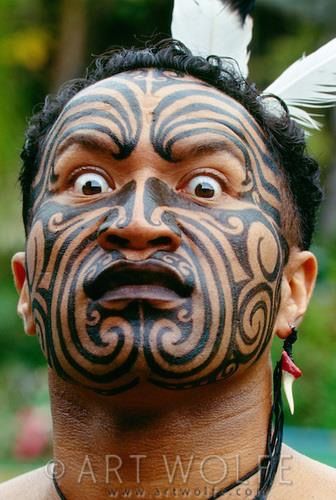
The Māori’s from New Zealand use permanent body art as a way of identity. It is a sacred practice followed in the tribe to proudly showcase body art relating to their ancestry and their achievements. Samoan Tribe from Polynesia use the painful process of tattooing to demonstrate a person’s transition into adulthood, showing their courage, confidence and commitment to the tribe and its culture. In the tribe of Ainu from Japan and certain parts of Russia body art in women was highly common as a therapeutic practice and as a sign of womanhood.
Scythian/Pazyryk from Siberia (Altai Mountains), Native Americans, Celtic from the UK among many others used permanent body art as a way to express their tribe’s values, morals and culture.
Tattoos have thus been practiced for much longer than a fleeting western trend. The inherent need to express through your body is common across cultures and borders, therefore we cannot say that the particular art form belongs to a specific part of the world. The purpose, meaning and means of tattooing may change from tribe to tribe and culture to culture, but the raw art in itself is a very common practice.
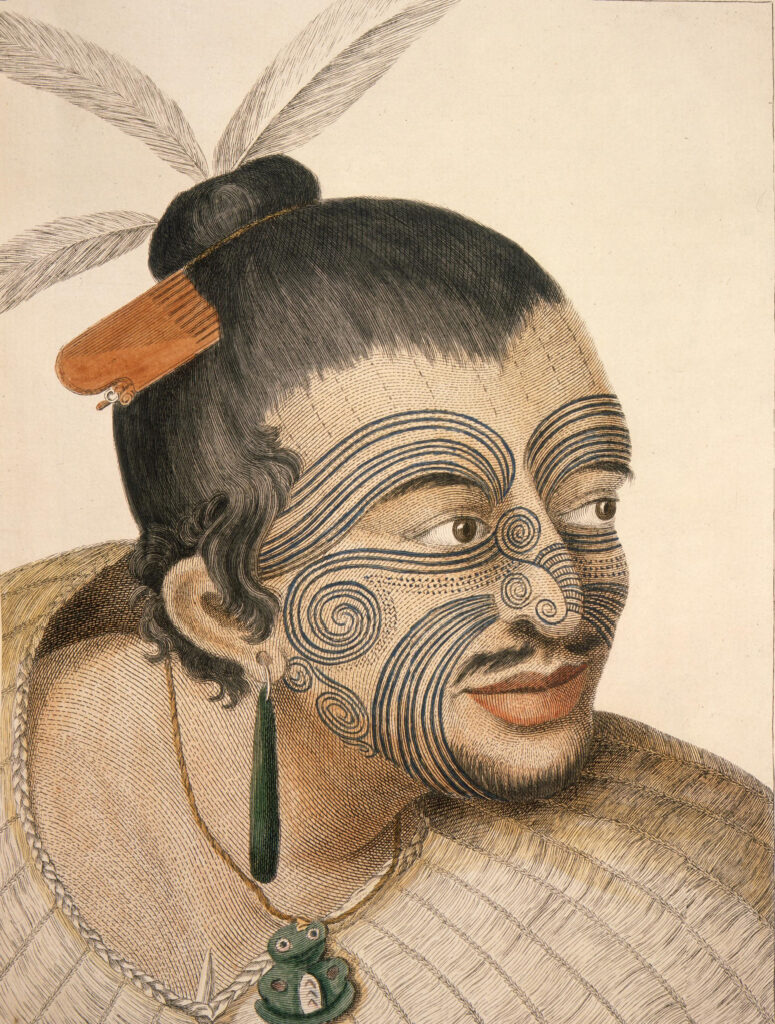
In India imprinting our skin with ink to express is evidently a practice that has been observed for generations. Even before the colonization of Bharat and the western influence on our practices. Tattooing thus is very native to these tribes from all over the world and so it is definitely not a western imitation. Body art cannot be imitated as it is original to the place where the idea to express with your body took place.
India’s tattoo craze is essentially just the current generation tapping into the feelings and emotions the way our ancestors did. It is therefore a big cultural comeback and not just western imitation. The modern day means and methods may be influenced by the west but the core want to observe this practice is not.
Citations and sources :
Gond Origin and Afterlife Meaning (Godna) – Clare Anderson, “Godna: Inscribing Indian Convicts in the Nineteenth Century,” in Written on the Body: The Tattoo in European and American History, ed. Jane Caplan (Princeton: Reaktion Books, 2000), 102–117.
Prehistoric Dates and Bhimbetka – V. S. Wakankar, “Bhimbetka Rock Shelters,” UNESCO World Heritage Centre, accessed October 7, 2025.
Baiga Purity and Afterlife Value – Sadhana Chauhan, “Tattoos of Baiga,” Social Research Foundation, September 2015, accessed October 7, 2025.
Rabari Tribe and Permanent Ornaments (Trajva) – Apurwa Komal et al., “The Rabari Tattoos,” Research Paper, Scribd, 2024.
Konyak Headhunting and Warrior Tattoos – K. Zuchu and V. G. K. S. Jaiswal, “Headhunting Among the Konyak Nagas: Tradition of Tattooing,” International Journal of Research and Modern Engineering, 2023, 1–5.
Hindu Mythology/Rites of Passage (General) – Partha Kansabanik, “Origin of Garba Dance,” Quora, March 18, 2014.
Māori (Tā Moko): Identity, Genealogy, Status, Sacredness – Michael King, Moko: Maori Tattooing in the 20th Century (Auckland: David Bateman Ltd, 2014), 45-60.
Samoan (Tatau): Rite of Passage, Status, Identity, and Endurance – Sean Mallon and Sebastian Galliot, Tatau: A History of Samoan Tattoo (Honolulu: University
Ainu (Nuye/Sinuye): Beauty, Marriage, Spiritual Protection, and Afterlife – Lars Krutak, Spiritual Skin: Magical Tattoos and Scarification (Edition Reuss, 2012), 205–215.
Berber (Amof Siberia: The Pazyryk Burials of Iron Age Horsemen (Berkeley: University of California Press, 1970), 101–112.
YouTube – The meaning of tattoos for Ainu women – https://youtu.be/E3FM5gn5ITk?si=d85zb1jbkyD6LmdT
azigh): Beauty, Fertility, Protection (against Jnoun), and Identity – Cynthia Becker, Amazigh Arts in Morocco: Women Shaping Berber Identity (Austin: University of Texas Press, 225–240.
Scythian/Pazyryk (Siberia): Status, Rank, Adornment, and Spiritual Protection – Sergei I. Rudenko, Frozen Tombs


